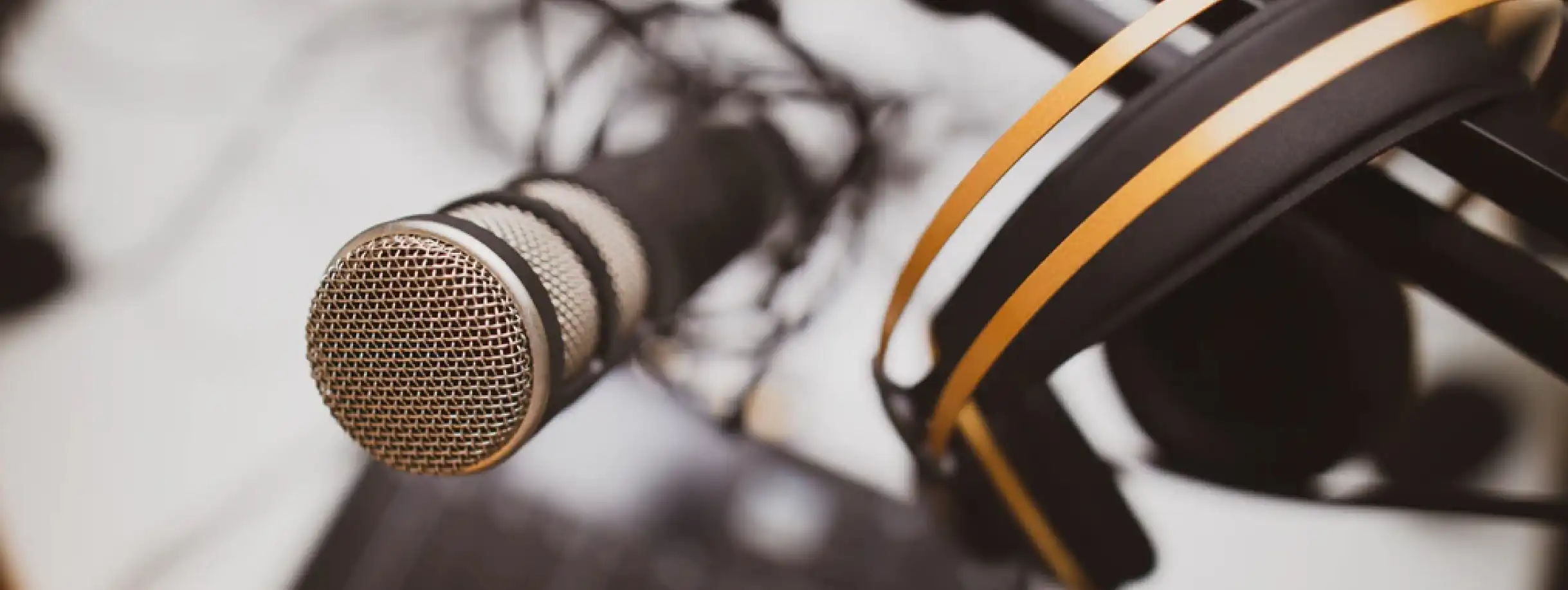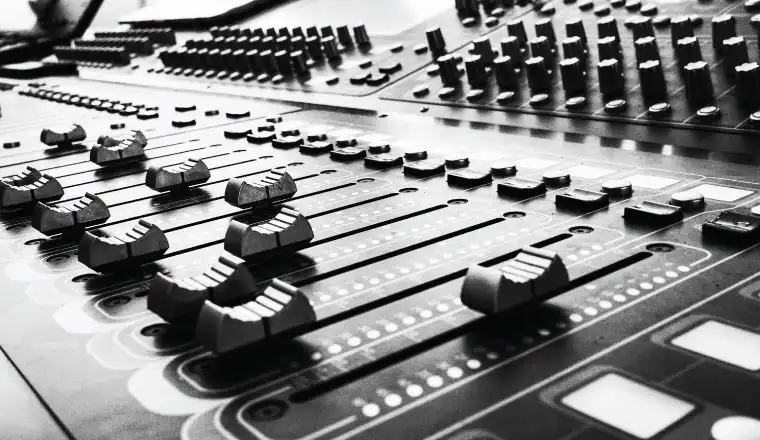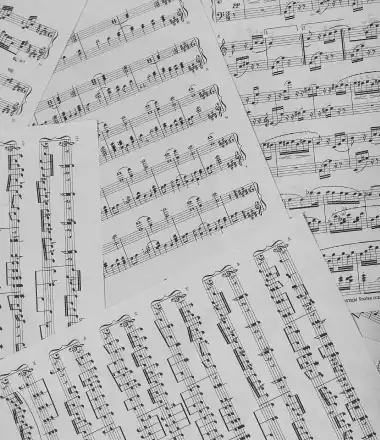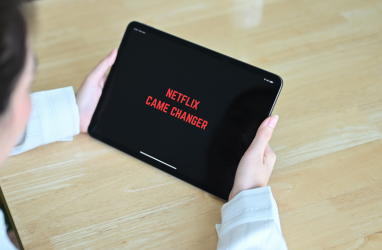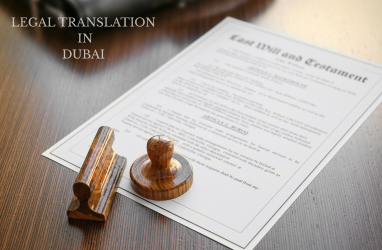When local Intellectual Property offices began permitting brands to lawfully claim ownership over their corporate jingles as a 'sound mark', a plethora of them rushed to be the first in line. Why? Because an 'audio logo' is seemingly just as impactful as their visual one.
What is Sound Mark?
Sound marks or Sound Trademarks are sounds that are unique to a distinct domain and possess features that make them recognizable to a community or a specific demographic. They are greatly denotative as they evoke instantaneous recognition from their audience. Consequently, sound marks are culturally and historically significant, and therefore warrant safeguarding and preservation.
Sound marks made their first debut towards the end of the 1940s, and ever since, they've deemed as a progressively valuable tool for brands. On the other hand, and with timely development, registering sound marks brought forth perplexing challenges that were formidable even for the most experienced Intellectual Property attorneys.
The Psychology behind Sound Marks
Psychologists and neurologists state that music invokes a substantially emotional response in our brains. At some point, we've all turned off the radio because a particular song takes us back to a poignant point in our lives.
Music, in most of its forms, holds the ability to resurrect emotions, sensations, and cravings – very much like the sense of smell. It is safe to presume that a prevalent sound mark, has the potential to withstand the test of time and stay in the mind of the listener for years to come.
Although the exact cause of this neurological trigger is unknown, studies indicate that a melody's repetition runs on the brain's neural circuits that produce the happy hormone – serotonin. This consequently induces a perception called 'nostalgic trigger.' A definite win for companies who were able to leverage this concept for the good of their brand.
